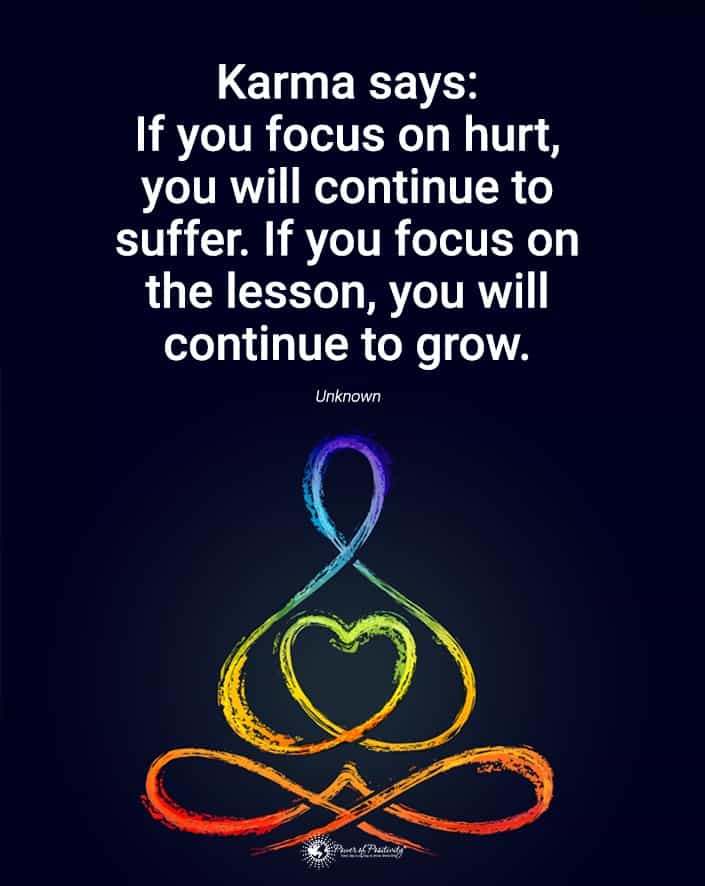Are you feeling the daily stress that comes from a lack of sleep? If you cannot fall asleep at night, it turns out that you are not alone.
There is no doubt; we are a society of sleep-deprived citizens. In fact, according to a recent Gallup report, a whopping 41% of Americans aren’t getting the recommended seven to eight hours of sleep per night.
By now you’ve surely heard that proper sleep affects all aspects of our life including mood, decision-making, productivity and even our weight. Lack of sleep can also affect your physical well-being. Last year, a study was published showing that sleeping less than six hours per night for just one week resulted in changes in 700 genes in the human body.
And while the researchers don’t quite understand the full ramifications of these changes, they have been able to determine that there is an impact on our immune system, stress response and an increase in inflammation.
One contributing factor to our lack of sleep is actually finding effective ways on how to fall asleep. Our over-scheduled, over-worked and over-burdened lives have us hitting the sheets with a lot on our minds. All of the chatter running through our heads has us lying awake in bed wondering why sleep eludes us.
It’s can be difficult to clear the clutter from our minds allowing sleep to come, but according to Dr. Andrew Weil, it can be as easy as breathing. Dr. Weil says that a relaxing breathing exercise can help calm the mind in preparation for sleep. He recommends the 4-7-8 breathing technique as a natural tranquilizer for your body.
How The 4-7-8 Breathing Technique Teaches You How To Fall Asleep
- Make sure your posture is such that you are not restricting your ability for deep breathing.
- Place the tip of your tongue on the roof of your mouth behind your front teeth. Try to keep it there through the entire breathing sequence, even during the exhale.
- Begin by exhaling completely.
- Inhale through your nose to a count of four.
- Hold your breath for a count of seven.
- Exhale through your mouth to a count of eight.
- Finally, complete the sequence three more times.
This breathing technique may cause you to feel light-headed at first but becomes a powerful sleep and relaxation aid with practice. It is not only useful at bedtime but is appropriate to use during times of stress and anxiety throughout the day.
So why is this breathing technique a natural tranquilizer? The slowing of your breath, filling your body with oxygen, and forcing you to focus on your breath at the moment allows your body to relax enough to welcome sleep. Doing so reduces the stress and anxiety we often feel when we can’t fall asleep.
When we start to worry about what the lack of sleep will do to our day, our breathing goes into panic mode and becomes more shallow. This in turn elevates the heart rate that will move us further away from the sleep we crave. So, breathe it out to get back on track.
Related article: 10 Rituals to Guarantee a Good Night’s Sleep
While many claim that this breathing technique will help you fall asleep quickly, there are other things you can do to help you prepare for and honor your sleep. It is all about setting the expectation by giving your body notice that sleep is coming so it can physically prepare for it.
More Tips on How to Fall Asleep Faster
- Create a sleep only environment. When you keep work, television, and other digital devices out of the bedroom, you are sending a signal to your body that your day is done.
- Turn down the thermostat. In several sleep studies, it has been shown that people sleep better when their bedroom is on the cooler side.
- Write it down. Spend a few minutes before slipping under the covers to write down anything that is lingering in your mind. Writing it down sends the message to the brain that it is okay to let those thoughts go because they are taken care of.
- Quiet your space. Eliminate annoying noises from your room. And if you can’t get rid of your snoring partner, try noise-reducing earplugs.
- Create a routine. Do you remember hating having a bedtime routine as a kid? Well, it seems as if our parents knew what they were doing. Going to bed at the same time every night and waking up naturally before your alarm every morning is the best way to honor your sleep. Your body responds well to routine, so give it one.
At the end of the day, there is nothing our body needs more than sleep to reenergize us so we can live our best life every day. We owe it to ourselves to get proper rest and, unfortunately, that doesn’t often happen on its own.
Do yourself a favor and create an environment where sleep is inviting and then use your breath to bring yourself back into the moment and calm your mind. You have nothing to lose and everything to gain. So get to it, a good night’s sleep awaits – sweet dreams!











